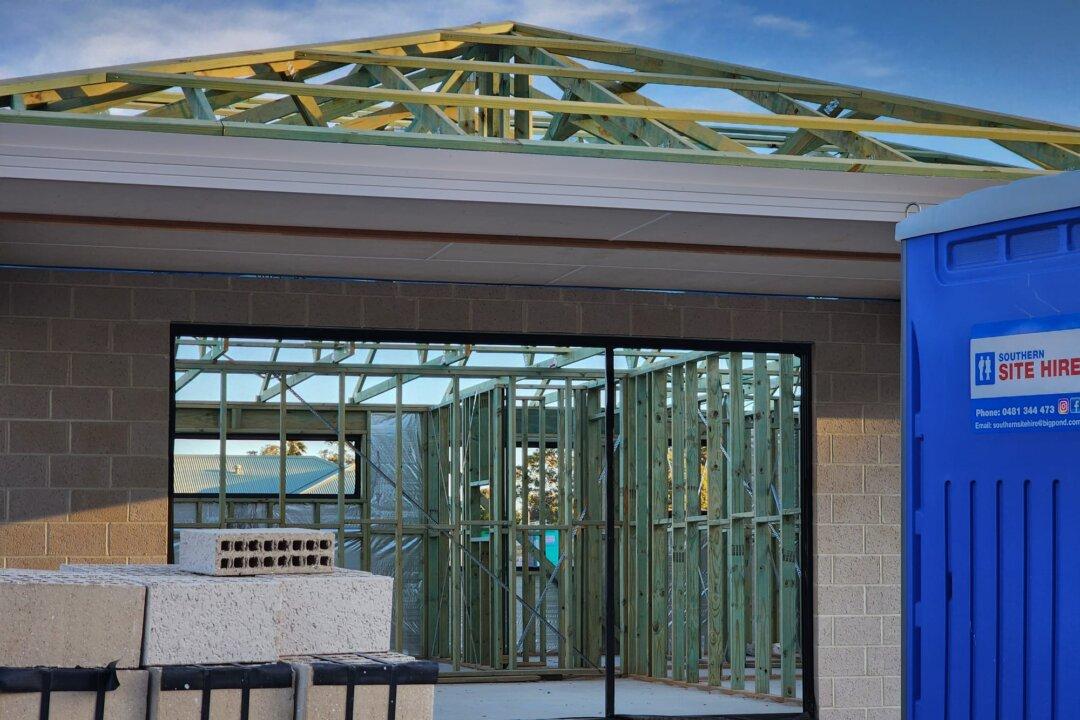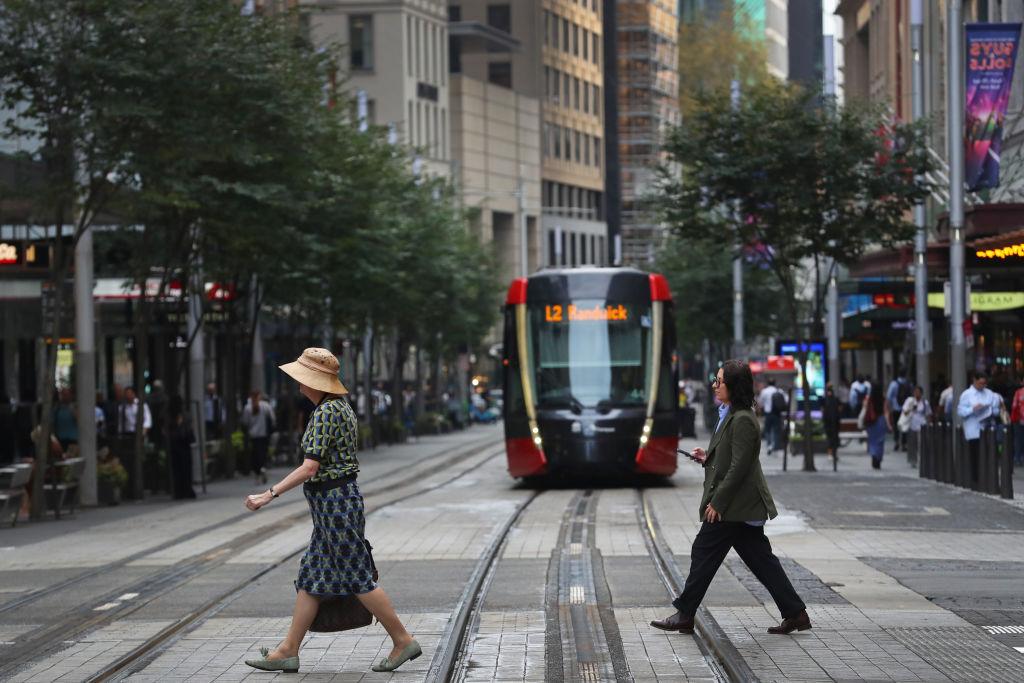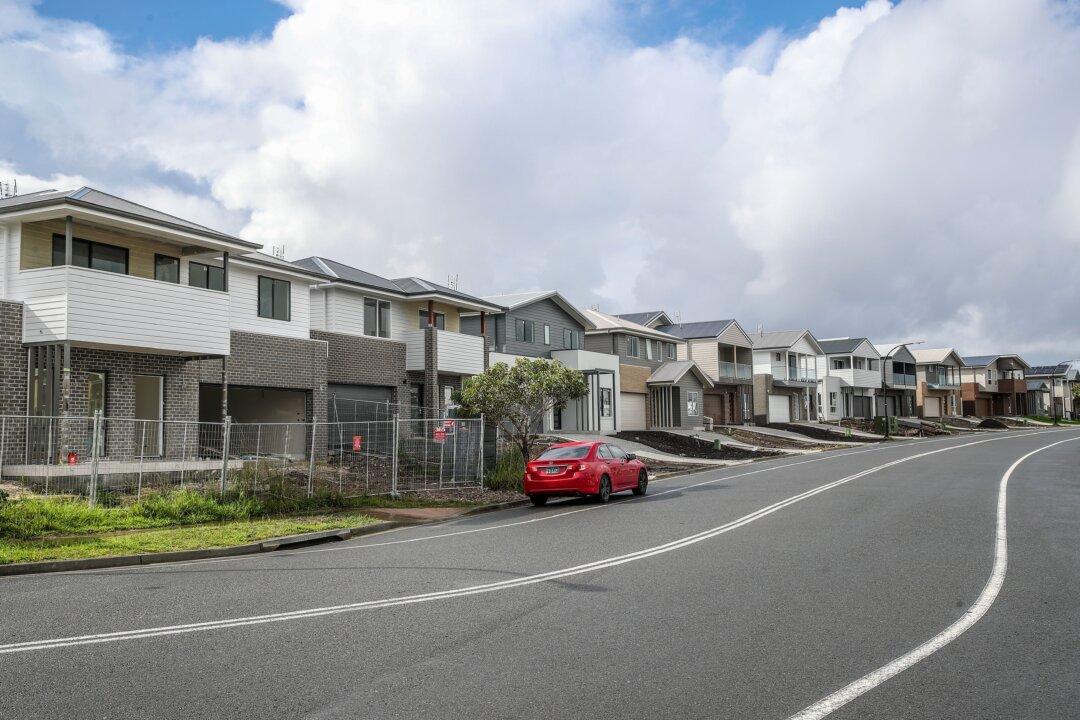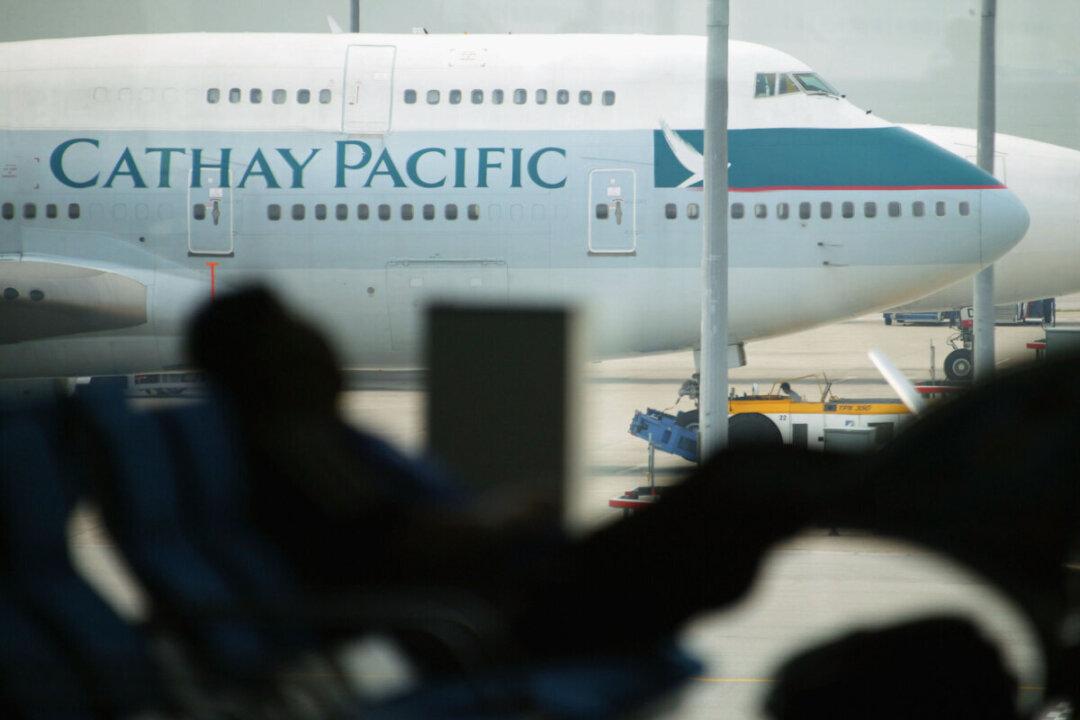Australia’s dwelling units approved increasing 5.5 percent in May from the prior month, based on the Australian Bureau of Statistics (ABS) data, but it remains significantly lower than the federal government’s target.
According to ABS, approved total dwelling units rose in the majority of the states with Western Australia leading the growth at 19.6 percent, followed by Victoria at 8.9 percent, and Queensland at 6.3 percent. Moreover, South Australia grew 4.1 percent while Tasmania climbed 3.8 percent.




